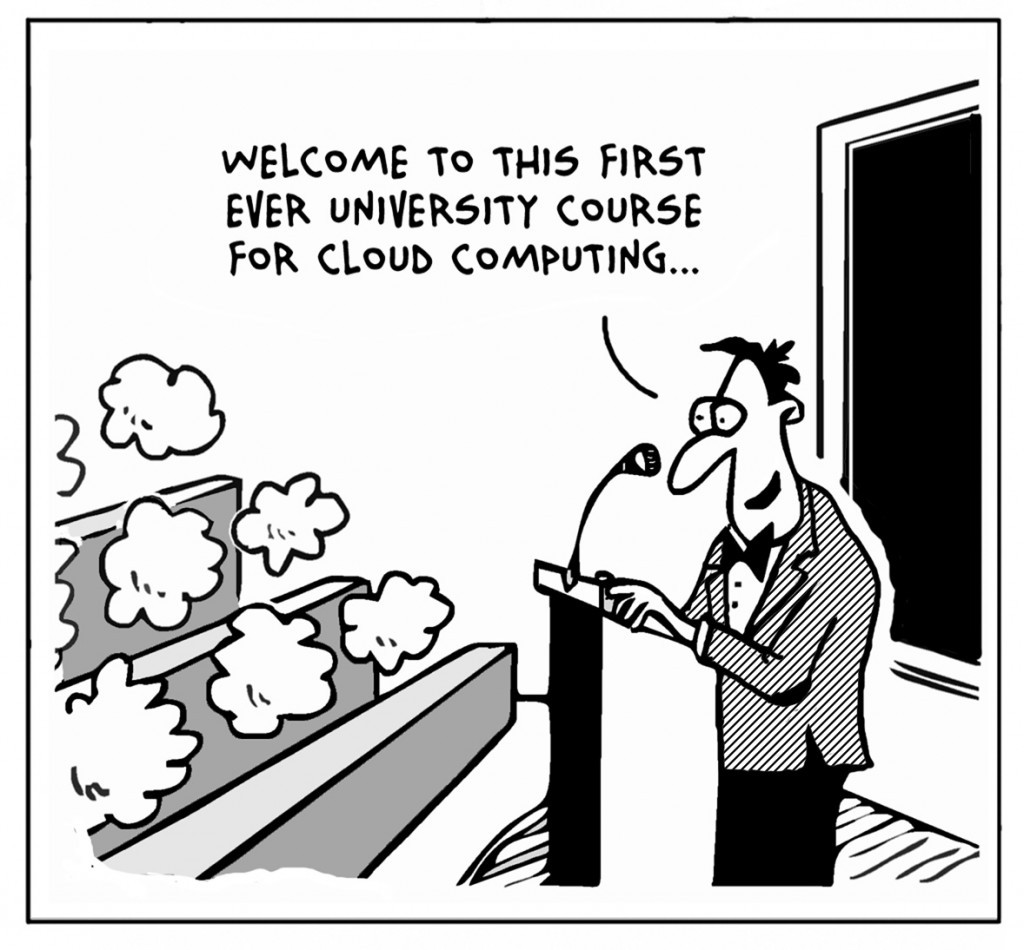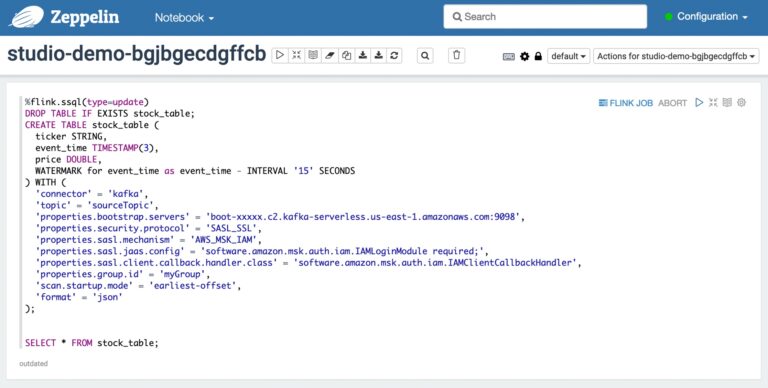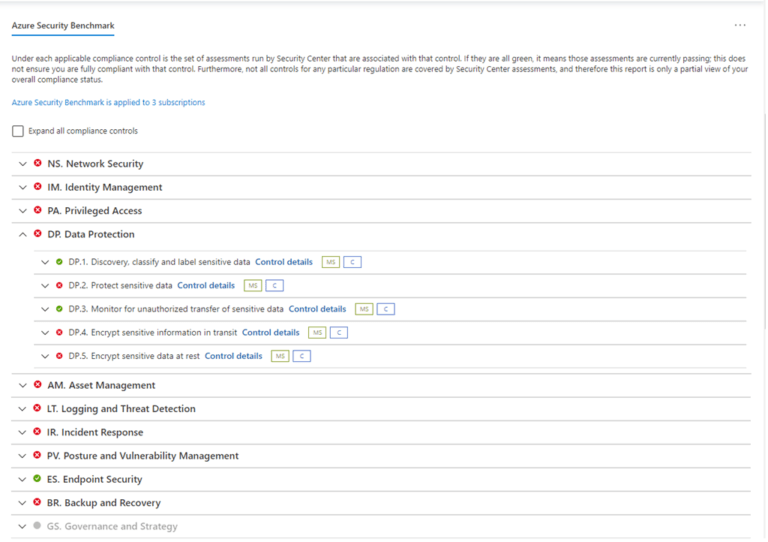In today’s educational landscape, there are two critical systems that schools rely on to manage their operations and support student learning: the Student Information System (SIS) and the Learning Management System (LMS). The SIS is responsible for storing and managing data related to students’ academic records, including their grades, attendance, and personal information. On the other hand, the LMS provides a platform for teachers to deliver instructional materials, assessments, and communication tools to students.
While these two systems serve different purposes, their integration can bring a host of benefits to teachers, students, and administrators alike. In this article, we will explore the concept of SIS LMS integration, its importance in the modern educational environment, and how it can benefit various stakeholders in the school community. Additionally, we will discuss some of the challenges and best practices for successful integration. So, let’s dive into the world of SIS LMS integration and see how it can revolutionize education for good!
Benefits of SIS LMS Integration for Teachers
SIS LMS integration can provide several benefits to teachers that can help them improve their instruction and student outcomes.
One of the most significant advantages is the ability to streamline grading and assessment. With SIS LMS integration, teachers can automate the grading process, saving them valuable time that they can use to focus on instructional activities. This integration also enables teachers to provide real-time feedback to students, which can enhance their learning and help them to stay on track.
Another benefit of SIS LMS integration for teachers is the enhanced communication with students. Through the LMS, teachers can provide students with direct access to course materials, assignments, and other important information. They can also communicate with students more efficiently through messaging tools and discussion forums, fostering a sense of community and collaboration in the classroom.
SIS LMS integration can also provide teachers with the ability to offer personalized learning experiences to their students. By accessing student data stored in the SIS, teachers can tailor their instruction to individual student needs and learning preferences. This personalization can help students stay engaged in their learning, leading to improved academic performance and outcomes.
Benefits of SIS LMS Integration for Students
SIS LMS integration offers multiple benefits to students that can enhance their learning experience and support their academic success.
One of the most significant benefits is access to course materials anytime, anywhere. With the LMS, students can easily access course materials, including readings, videos, and interactive activities, from any device with an internet connection. This access provides students with greater flexibility and convenience, allowing them to learn at their own pace and on their own schedule.
Another advantage of SIS LMS integration for students is increased engagement in learning. Through the LMS, students can participate in interactive activities, collaborate with their peers, and receive personalized feedback on their work. This engagement can help students to stay motivated and interested in their learning, leading to improved academic performance and outcomes.
Real-time feedback and assessment is another benefit of SIS LMS integration for students. Through the LMS, students can receive instant feedback on their assignments and assessments, enabling them to identify areas where they need to improve and take corrective action immediately. This feedback can also help students to feel more connected to their learning, as they receive ongoing support and guidance from their teachers.
Benefits of SIS LMS Integration for Administrators

SIS LMS integration provide a number of advantages to administrators that can help them manage their school operations more effectively and make better decisions.
One of the most significant advantages is automated data management. By integrating the SIS and LMS, administrators can automate the process of transferring student data between systems, saving them time and reducing the risk of errors. This automation can also help administrators to maintain more accurate and up-to-date student records.
-
Improved Data Accuracy
Another benefit of SIS LMS integration for administrators is improved data accuracy. With the SIS and LMS integrated, administrators can access a wealth of data on student performance, engagement, and behavior. This data can help them to identify patterns and trends in student performance, as well as areas where intervention may be necessary. By having access to more accurate and timely data, administrators can make better decisions about school operations and support student success.
-
Better Decision Making
SIS LMS integration can also provide administrators with the ability to make better decisions about school operations. By accessing data stored in the SIS and LMS, administrators can gain insights into teacher and student performance, curriculum effectiveness, and resource allocation. This data can help them to identify areas for improvement and make data-driven decisions about school operations.
Challenges of SIS LMS Integration
While SIS LMS integration offers many benefits, it can also pose some challenges that need to be addressed to ensure successful implementation. Integrating two intricate systems can be a difficult task and there may be problems concerning data transmission, system compatibility, and software updates. These technical difficulties could lead to interruptions in school operations such as downtime, data loss, etc.
Another challenge schools may confront when integrating SIS LMS is staff training. To use the new system effectively, teachers and administrators should be taught how to access student data and communicate with students’ families. Providing adequate training and support to staff can be time-consuming and costly, but it is essential for ensuring that the new system is used effectively and efficiently.
Costs are an issue that educational institutions must take into account when setting up SIS LMS integration. Although the advantages of integration can be great, there may be an initial outlay involved in procuring and setting up the system. Schools will need to consider the costs of software licenses, hardware changes, personnel training, as well as ongoing maintenance and service fees. Financial constraints might make it difficult for schools to pay for SIS LMS integration, needing them to prioritize their expenditures based on their most urgent needs.
Best Practices for Successful SIS LMS Integration
Schools should adhere to the best practices when integrating a SIS LMS to ensure success. This comprises of formulating a well-defined plan that establishes the objectives, scope, resources and timeline of the process. Having a clear plan in place will keep schools on track and guarantee that their expectations for the system are met.
For successful SIS LMS integration, it is wise to involve all groups involved such as teachers, administrators, students and parents in the process. Doing this early on can help schools gain acceptance for the new system, pinpoint any potential problems and make sure that everyone’s needs are met. Schools can get input from stakeholders through surveys, focus group meetings and other types of feedback.
In order for SIS LMS integration to be successful, it is important to provide ongoing support and training. Teachers and administrators need to learn how to use the system correctly and effectively, which can be done through online resources, professional development workshops or individual tutoring. This continuous assistance can help schools make the most of their SIS LMS integration while also making sure that the system continues to meet their changing requirements.
In conclusion, SIS LMS integration offers numerous benefits for teachers, students, and administrators in the modern educational environment. Teachers can streamline grading and assessment, enhance communication with students, and offer personalized learning experiences to improve student outcomes. Students can access course materials anytime, anywhere, increase engagement in learning, and receive real-time feedback and assessment. Administrators can benefit from automated data management, improved data accuracy, and better decision-making through access to more accurate and timely data. However, schools may face challenges related to technical issues and staff training, which need to be addressed to ensure successful implementation. Despite the challenges, the integration of SIS and LMS is an essential step in revolutionizing education for the better. Distance learning becomes widely used as a way of teaching in the education community. The need for integrated learning management systems and student information systems becomes a significant issue.
Nikolaos Nikou




